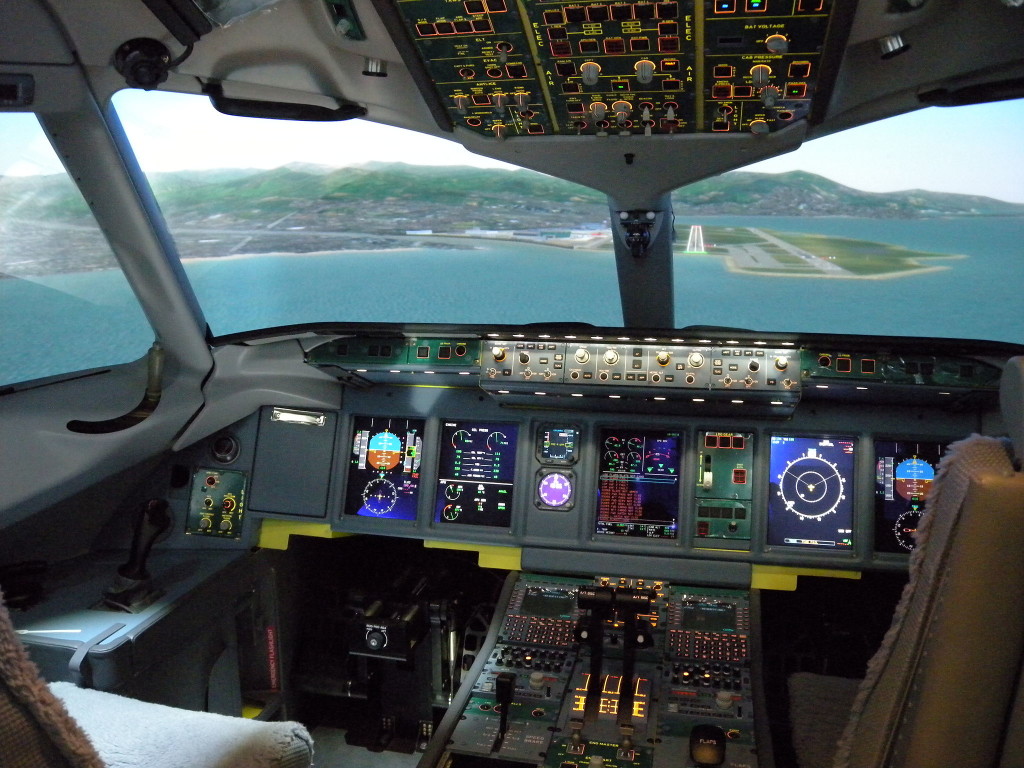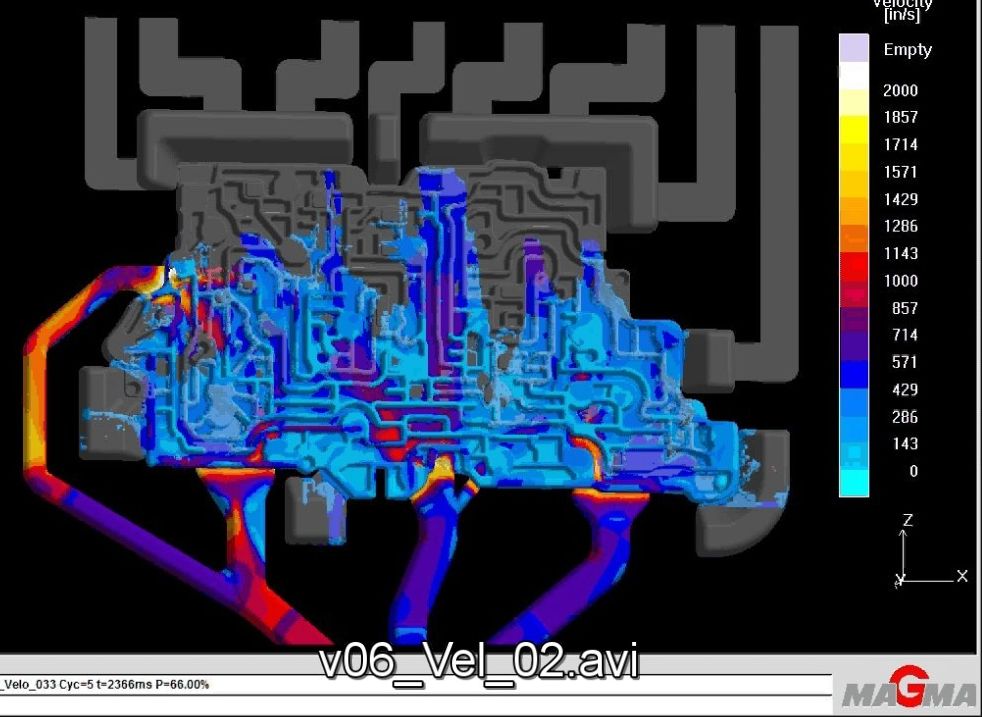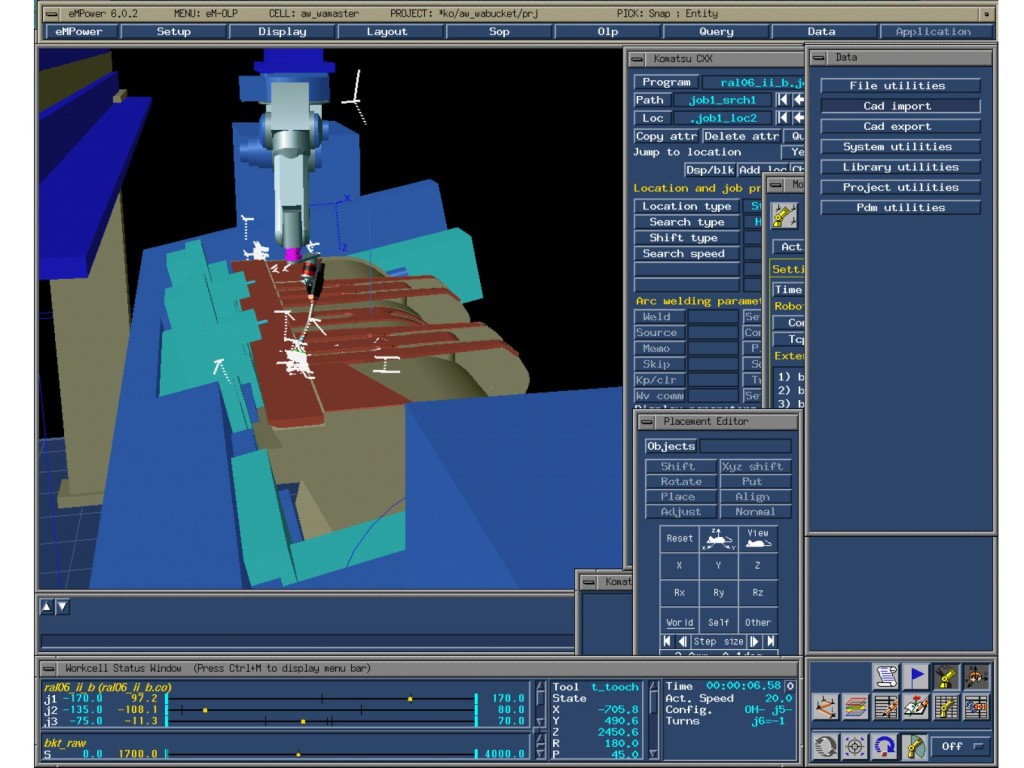Virtual
Reply
Being a Star Trek fan, I remember the original episode that incorporated film footage from the first pilot. In that pilot, the Star Trek team encounter an advanced race that inserted illusion into their minds with such precision that it replaced reality. The stuff of science fiction except for the fact that we are beginning to have that technology. Google with others have invested a billion dollars or so into a Florida Start-up named Magic Leap. They are in a technology category called augmented reality but they like to call it “cinematic reality”. Unlike some of the other virtual reality technologies. their method of projecting light directly at the eye is a lot less likely to make you sea sick. The images that it creates are so convincing that you think that your hand is the illusion when you try to touch the projected images. Before you dismiss this technology as a video game, be aware that there are commercial uses for a technology that can display activity beyond the vision of your eyes.
The next time you are flying, it will be comforting to know that the potentially new pilot flying the plane is not using this flight as a training tool to hone his ability to land the aircraft under all kinds of adverse conditions. Modern virtual reality in the form of flight simulators allows pilots to practice landing at many of the airports of the world. We are happy to know that the pilot flying the plane has practiced landing enough times to react instinctively to the turbulence around him. Other things, we would like to “see”, are hidden inside opaque objects, occur too fast or slow, are not our scale, lack contrast, or have other mismatches. In the molding industry the filling process is occurring inside an opaque mold at extremely high speed. As we adjust the shapes to improve the part quality it is helpful to have a virtual testing tool to guide our efforts. This technology reduces the amount of expensive trial and error mold changes needed to achieve a commercial yield from the mold.
In the emerging mass customization era, we do enough part set-ups that we can no longer afford to tie up the production equipment to train the robots. The availability of 3D models for the parts and equipment makes offline pre-programming of the robot path commonplace. This matches the Japanese SMED (Single Minute Exchange of Die) strategy invented by Segeo Shingo. Job shops who employ welding robots are the heaviest early adopters of this virtual technology. It is easy to more than double the through-put of a robot welding cell when you can minimize the time that it is not burning
the arc




